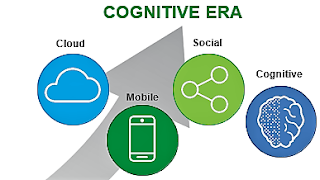Functional requirements: Functional requirements are those which are related to the technical functionality of the system.
-Formality guide:
Rabbit project:-
- Have short duration
- Scenarios can be used to make decisions
- Needs detailed requirements
Horse project:-
- Consistent requirements needed
- precise
- understanding functional requirements
Elephant project:-
- complete specification
- requirement specification
- Long-term project
-Description and Rationale: So description is like a solution to the problem and rationale makes the need visible in a correct manner to indicate how much attention the requirement should get.
-Exceptions and alternatives: So the unwanted deviations caused due to errors are called exceptions and alternatives are like other options available rather than the one mentioned.
Non-Functional Requirements: It specifies the criteria that can be used to judge the operation of a system in particular condition rather than specific behavior.
-look and feel requirement: this requirement describes the intended mood, style and appearance of the product. A BA must consider the look and feel requirement. Typical look and feel requirement is simple to use, approachable, professional looking, attractive, consistent, innovative and cool.
-Usability and humanity requirement: usability means the ease of using the product or a product that should not be hard to use. In other words to make the product according to the users ability and expectation.
-Performance requirement: this requirement consider these aspects speed, accuracy, volumes, ranges, efficiency.
- Operational and environmental: operational requirement describes that what the product has to do in the environment where it will be used. this requirement cover issues like location of the product, setting for the user, collaborating system.
-Maintainability and support requirement: This requirement should consider organization, laws, business rules, environment, language and culture. It is like a contract to build the product.
-Security requirement: may need a security expert to help deal with protection from threats. Security can thought of having three aspects access, privacy, integrity, data confidentiality.
-Legal requirements: Be aware of any laws that apply to the product. The laws includes consumer protection, guarantee, consumer credit, privacy, freedom of information, data protection.

